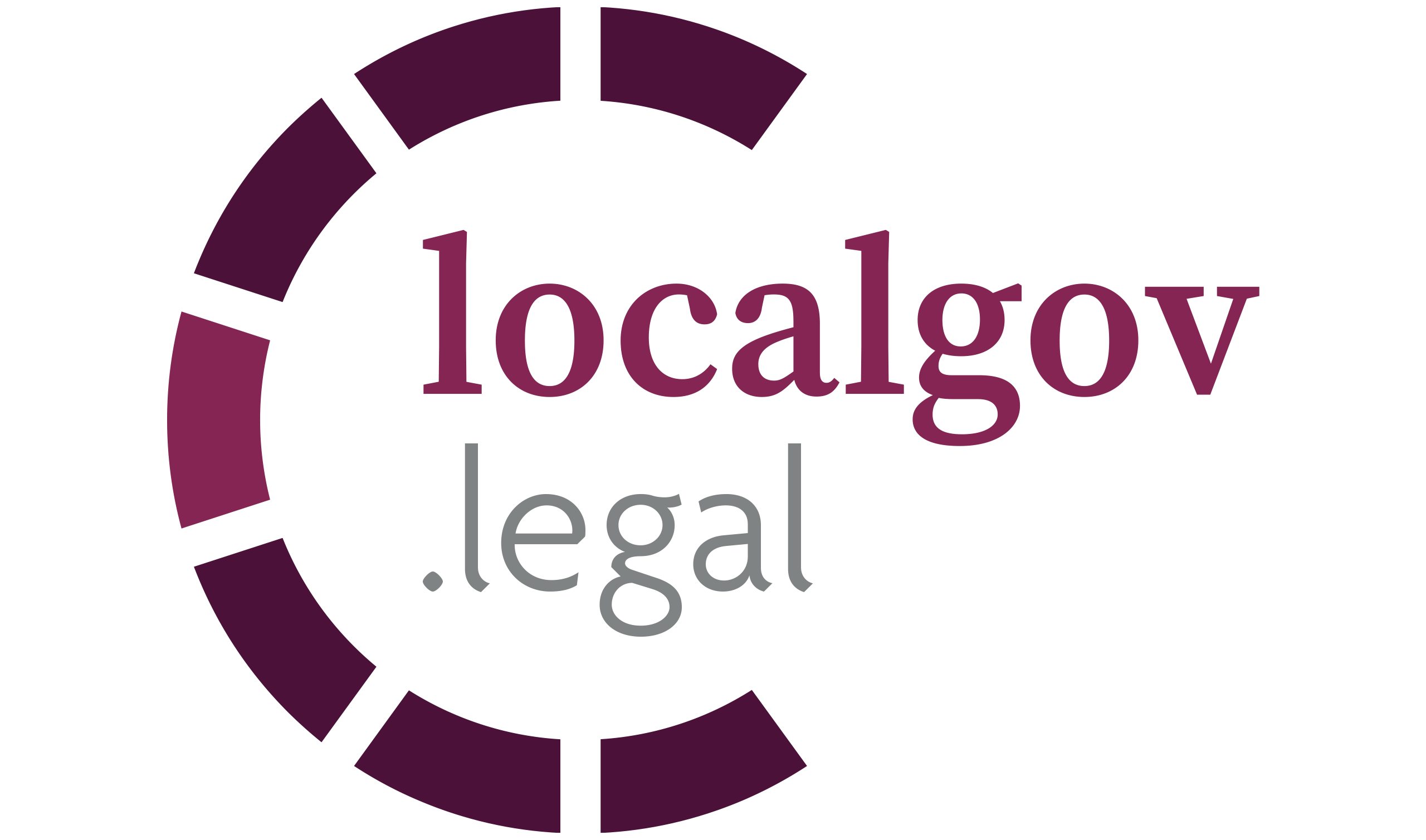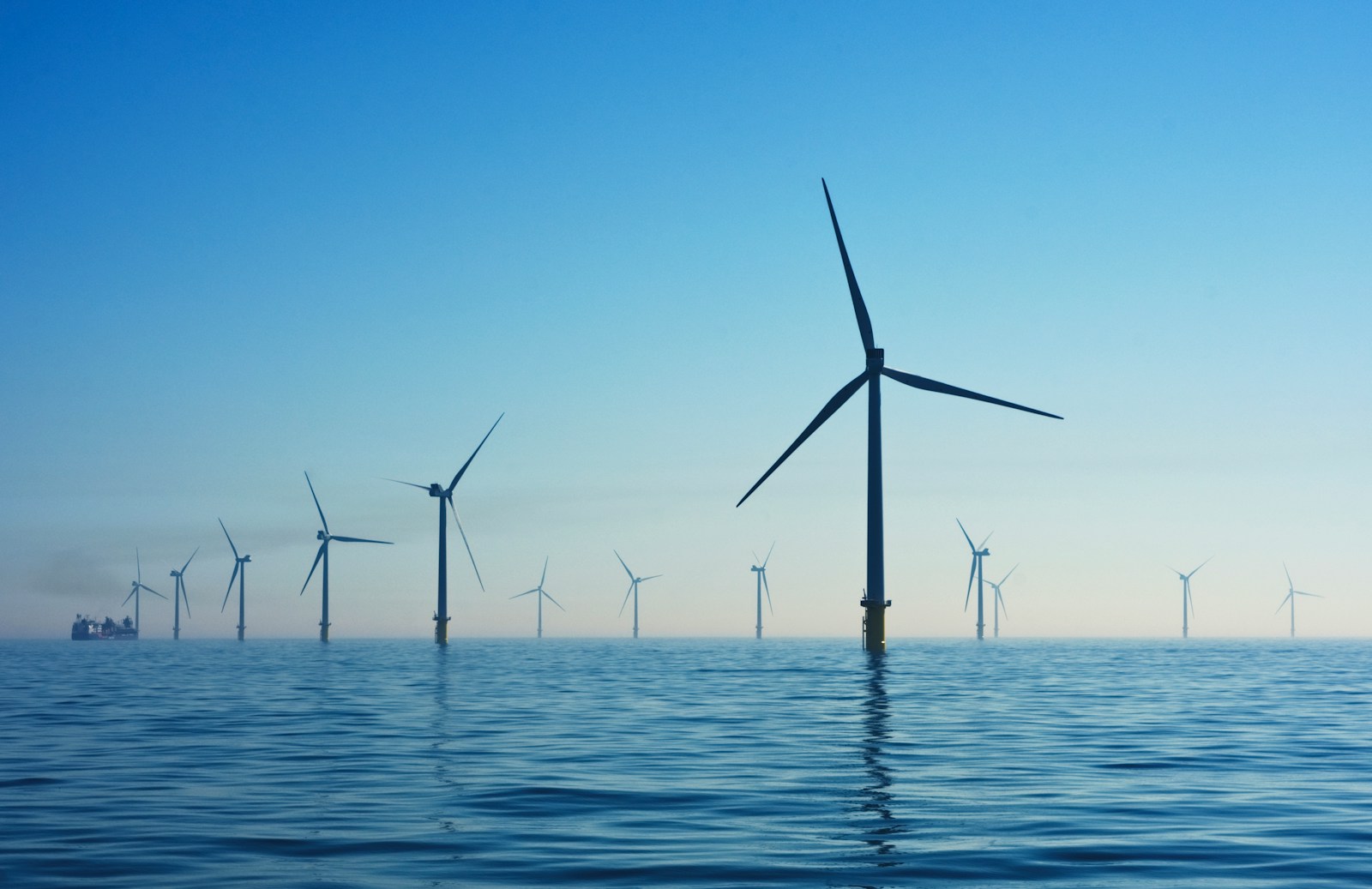Consent and marine licences granted for 4.1 GW capacity site off Scottish coast, expected to generate enough electricity to power 17% of UK households
The Scottish government has granted consent to the construction of what will be one of the world’s largest offshore wind farms.
The Berwick Bank site is located some 38km off the Scottish Borders coastline at St Abbs. The planned wind farm will have an estimated capacity of 4.1 gigawatts (GW). With technology available now, that could generate up to 11.2 terawatt-hours (TWh) of electricity each year – enough to power every household in Scotland twice over, or 17% of all UK households.
The site chosen for development is also recognised as highly important for wildlife, so consent for the construction and operation of the wind farm is subject to developer SSE Renewables producing a detailed plan outlining how adverse impacts on seabirds will be compensated for. This will need approval by Scottish ministers before construction work can begin.
The Scottish government is currently consulting on its draft updated Sectoral Marine Plan for Offshore Wind Energy (SMP-OWE); the consultation closes on August 22. The plan aims to balance the needs of nature, communities and other users of the seam and will be used to help inform the delivery of offshore wind projects in the ScotWind and Innovation and Targeted Oil and Gas (INTOG) seabed leasing rounds.
Kate Forbes MSP, Deputy First Minister, says: ‘Ministers have given the Berwick Bank wind farm application extremely careful consideration. The decision to grant consent to Berwick Bank is a major step in Scotland’s progress towards achieving net zero and tackling the climate crisis, as well as supporting national energy security and growing our green economy.
‘It is also an important decision for Scotland’s renewables sector, and this investment will be further built upon through the delivery of Scotland’s significant future pipeline of offshore wind projects under the ScotWind and the Innovation and Targeted Oil and Gas (INTOG) leasing rounds.
‘We will continue to work closely with the developer and key stakeholders, including those working in fishing and conservation – to minimise the impact of the development on the marine environment and other marine users – and balance the needs of people and nature.’
In related news:
Local council ransomware payment ban will be ‘disaster in practice’


















Leave a Reply